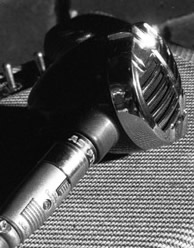What Speed Do You Do Vibrato?
 This was a genuine and very welcome question asked during a session at the Harp Surgery today.
This was a genuine and very welcome question asked during a session at the Harp Surgery today.
Before answering, a smile grew on the Good Doctor’s face. His thoughts flashed back to a time when he first noticed how other harp players’ vibratos seemed faster, more appealing or more perfect than his own. He recalled the thrill of graduating from a struggling player with no vibrato, to one who could emulate that special throat vibrato he’d heard time and time again on recordings by Kim Wilson and The Fabulous Thunderbirds. It was a coming of age. It was fulfillment. Blow bends followed and brought with them the same sense of arrival.
‘Do you know’, answered the Good Doctor, ‘I do my vibrato at my own speed. I have tried to do it faster. I have tried to do it better. But it’s the vibrato I was born with. I have learned that it is my vibrato. It doesn’t need changing.’
